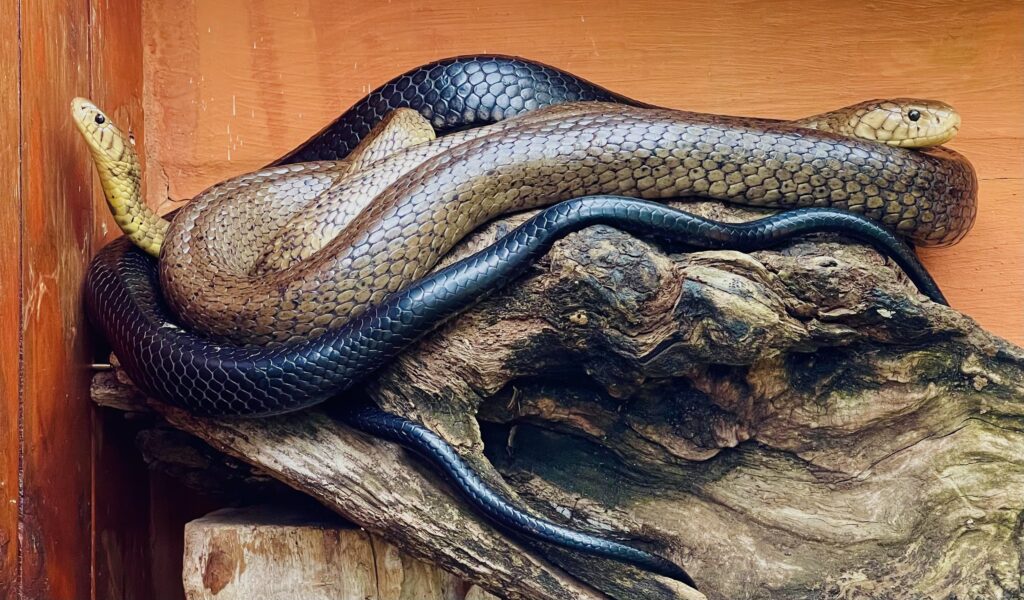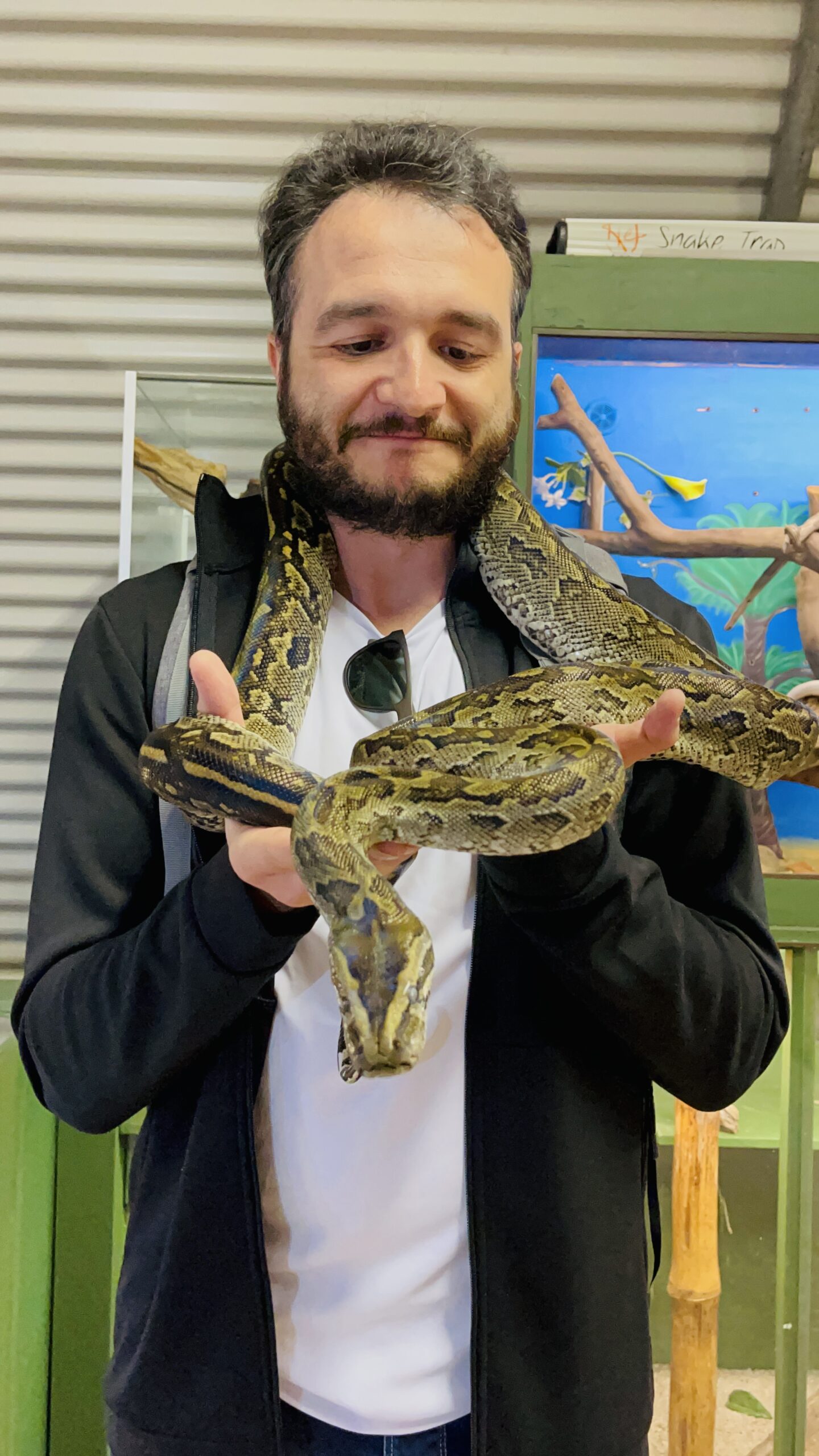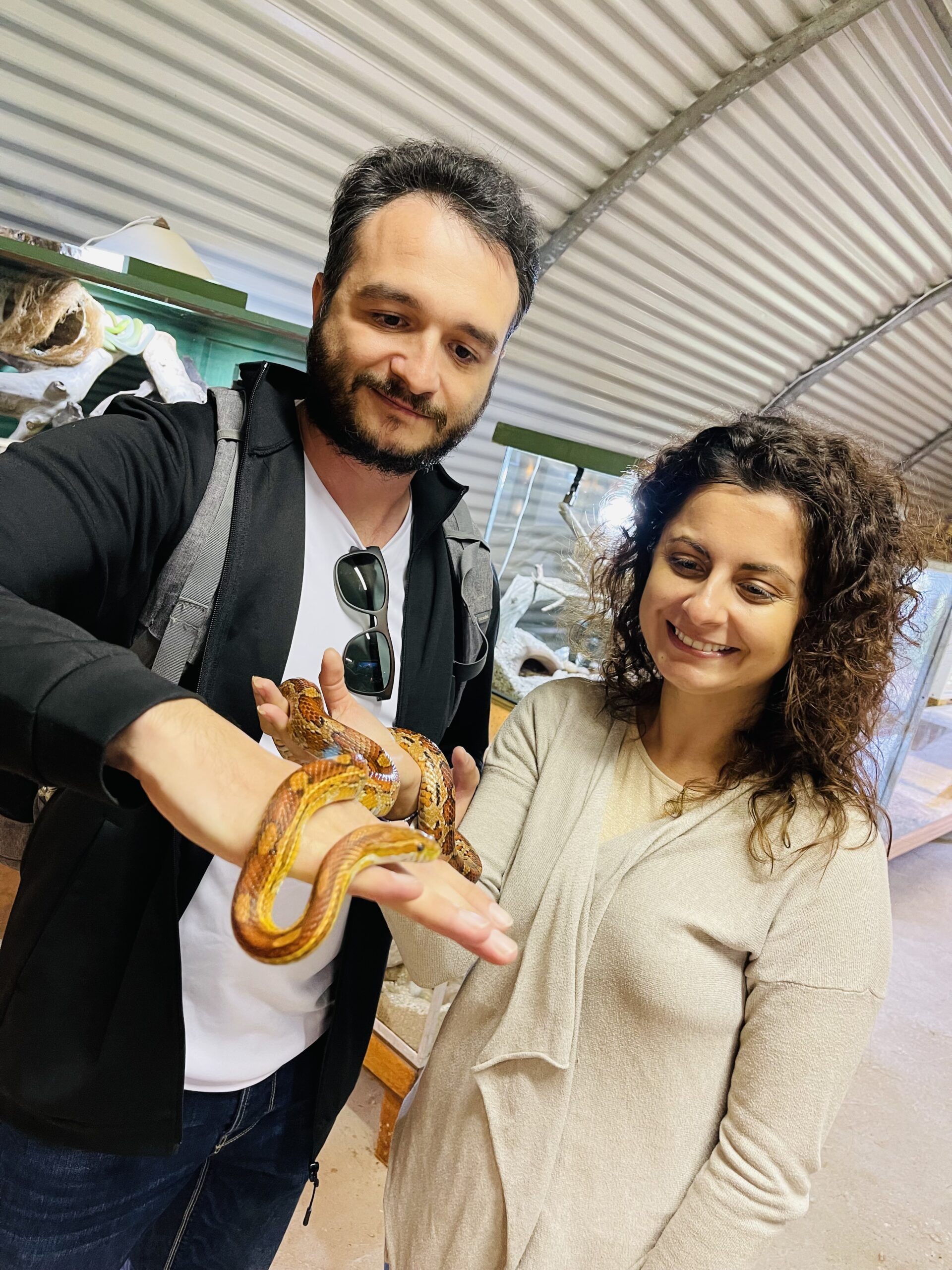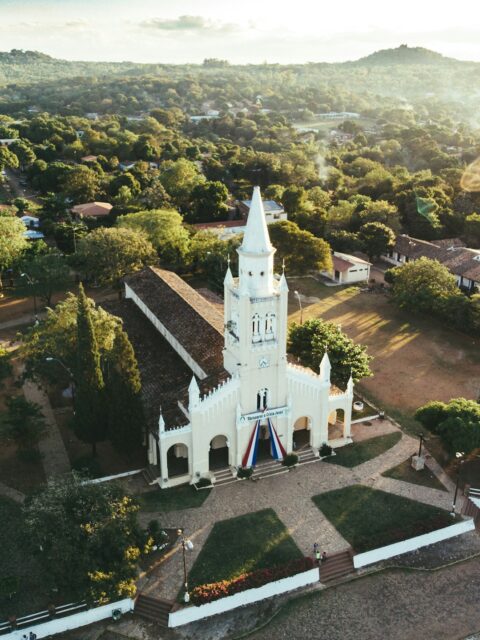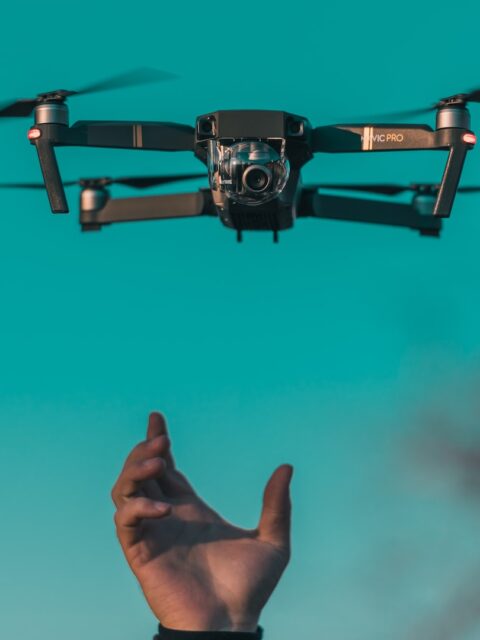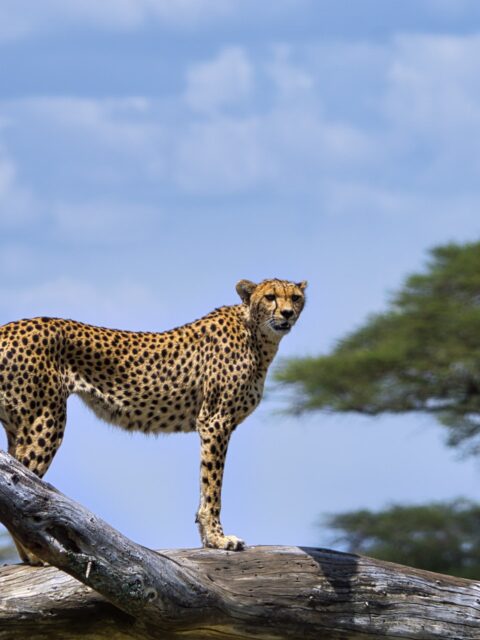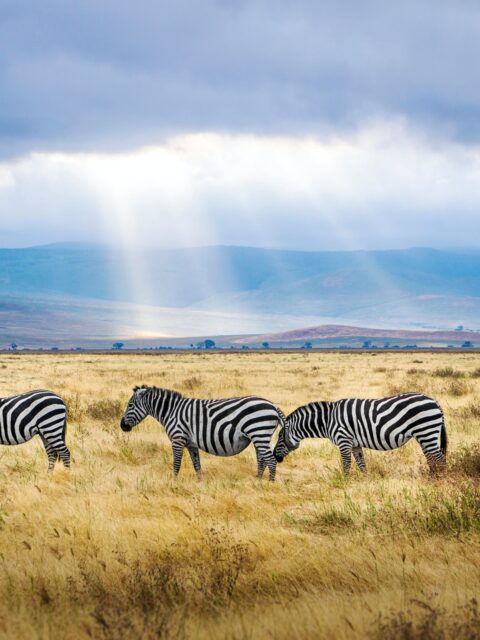As we started our adventure throughout the immense continent of Africa, we couldn’t imagine what we would do if we see a snake. And there is a high probability we’d see one. Therefore, we figured we should learn more about them, because through education you’re less afraid of these majestic creatures.
We found a beginner’s snake course near Plettenberg Bay, South Africa, at Lanwood Snake Sanctuary. Michael, the owner, took the time to answer all our questions and explain everything about the snakes of Africa. As we don’t want the information to get lost, we decided to write this article with everything we remember, and share the knowledge.
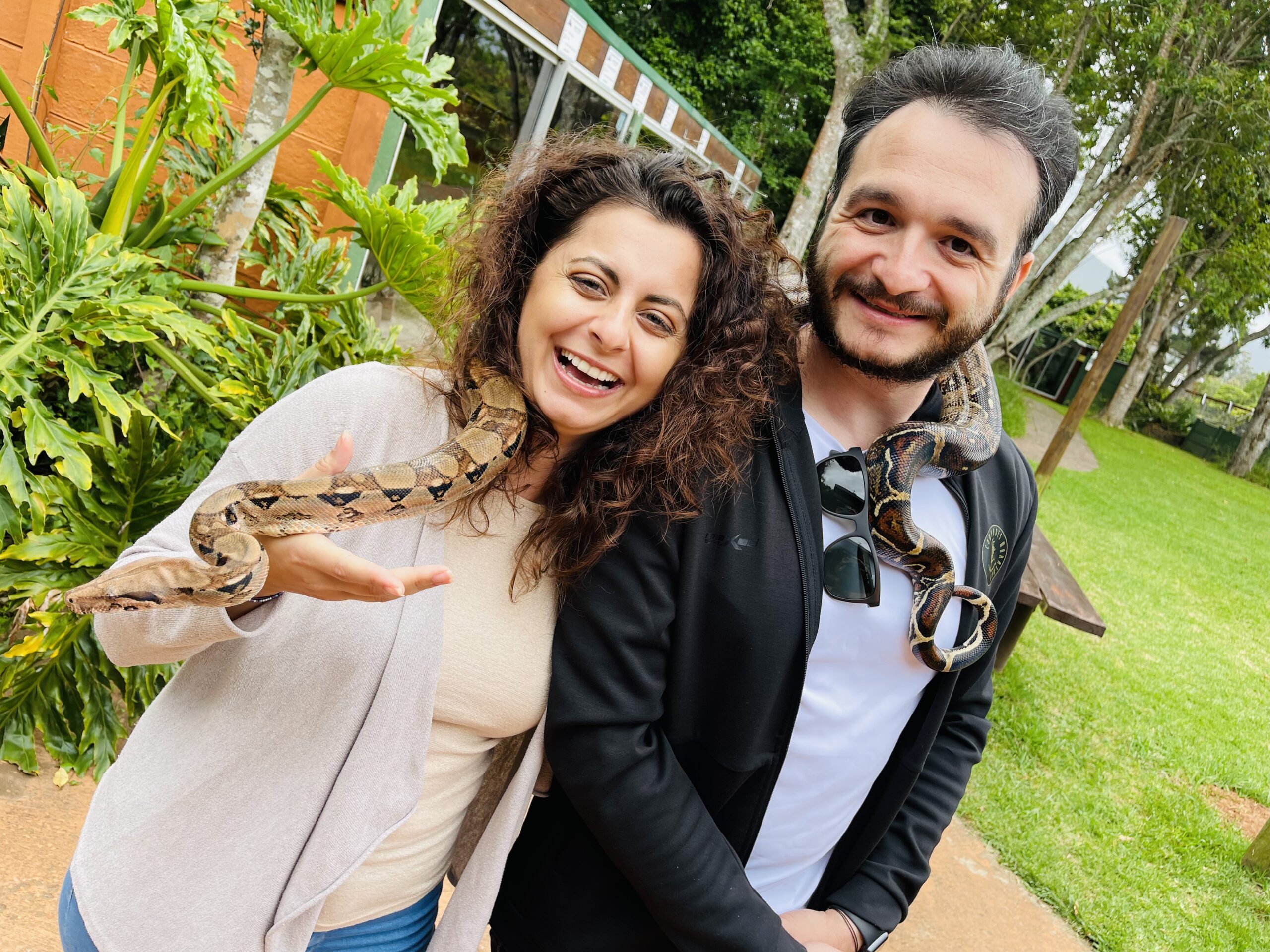
A Little Bit About the Snakes of Africa
Africa is home to approximately 170 species of snakes, which fall into three main categories: venomous, semi-venomous and non-venomous. About 43% of snakes in Africa are nonvenomous, and around 28% are semi-venomous. 20 species of snakes in Africa are highly dangerous.
Something important to learn is that these fantastic and beautiful creatures mean no harm to humans. They don’t attack unless they feel threatened, and usually this happens when people step on them by mistake.
Sometimes, when a snake feels threatened, it tries to ‘scare’ you through different mechanisms. See the ‘puff’ of the Puff Adder, the hood and spitting of Cobras, the display of the black mouth interior of a Black Mamba. They really mean no harm and in some cases, a bite won’t always mean the snake injected its venom.
Snakes differ in skin type, procreation, fangs (size, position, location), venom and many more.
It is very important to know their habitat and locations, as well as prey. Usually, if you encounter a snake in your house, depending on the snake – their prey is usually readily available there. Some snakes live in warmer areas, while others in more dessert-like places. Knowing where each species lives what it eats, makes it easier to identify a snake.
Snakes are vital to the ecosystem, so it’s best not to harm them. Many people kill them because they don’t know what to do, or they cannot identify the snake, so they find it easiest.
More About Snakes Bites
There are two types of bites a snake can use, the defensive bite and the attack bite. The defensive bite is usually quick and may or may not release venom (in case the snake is venomous), in which case the bite is called a dry bite. The attack bite however, can consist of a consecutive number of bites, or in case of a constrictor bite, it may not let go.
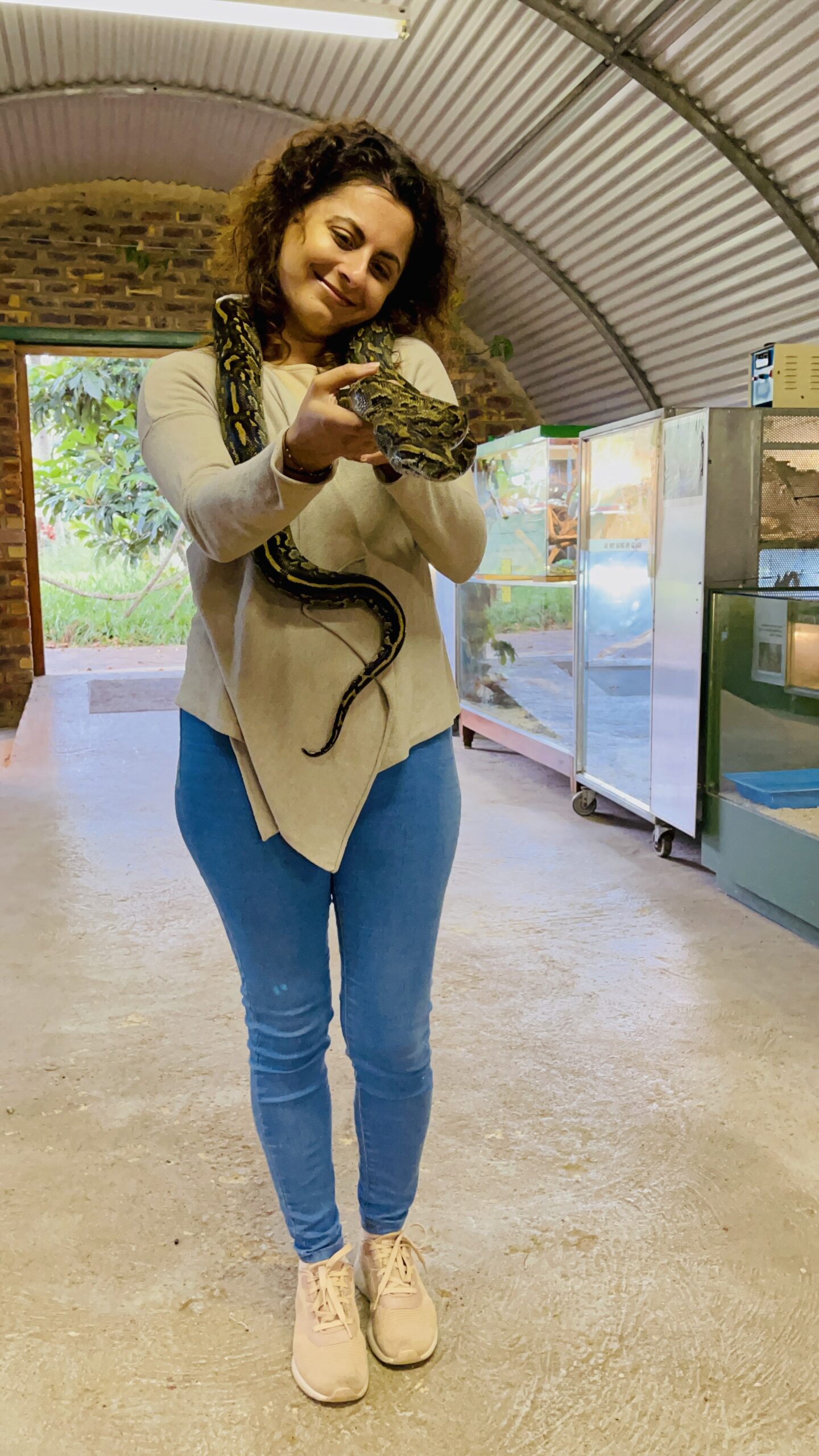
As far as we could understand, a snake bite is similar to an injection. However, some bites are more painful than others, depending on the dimension of the snake and its teeth and fangs arrangement. Around 30 out of 170 species can inflict highly painful bites.
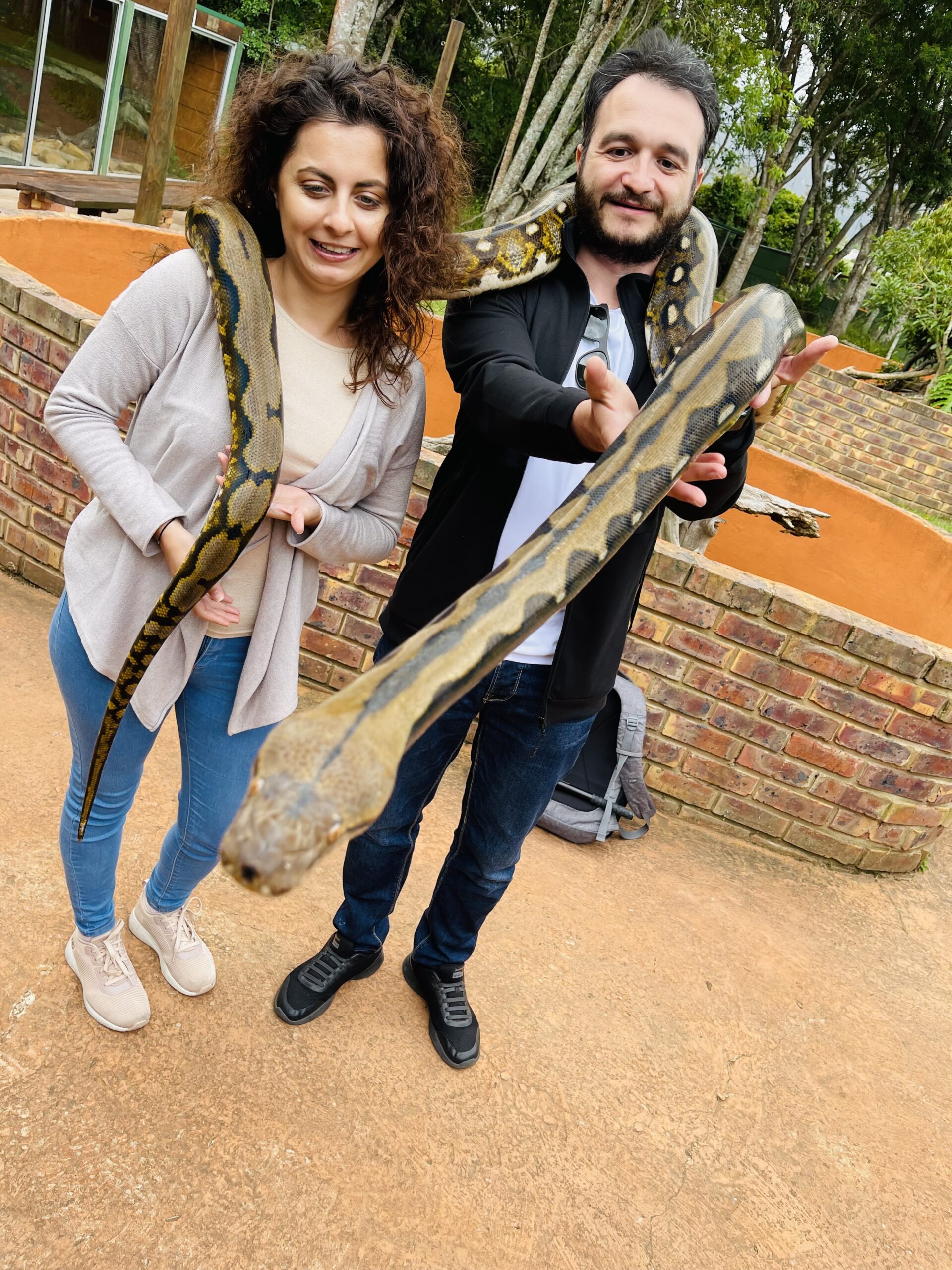
Another useful fact is that venomous snakes, even if dead, may still bite and inflict venom. Our amazing guide at Lanwood, Michael was bitten when in his twenties by a dead stiletto snake, and he almost died.
Not surprisingly, 84% of the snake bites occur below the knees during the early evening of summer months (Jan-Apr). 90% of serious bites come from either the Puff Adder, the Night Adder, the Mozambique Spitting Cobra, or the Stiletto Snake.
Most Common Venomous Snakes of Africa
Types of Venom
The venomous snakes in Africa fall into different categories, depending on the type of toxins they contain. The venom can be neurotoxic, haemotoxic or cytotoxic. However, this is a basic categorization, as venom can be mixed depending on the species. They are all harmful and can be fatal if left untreated.
Neurotoxic Venom
The neurotoxic venom goes quickly into effect, therefore action is very important. This venom ‘cuts’ the connection between the brain and the musculoskeletal system, ending in respiratory failure. Symptoms include slurred speech, sweating, blurred vision, vomiting, weakness in muscles, and difficulty breathing or swallowing. The victim must be taken to a hospital to receive the antivenom and usually put on an artificial respirator. With the help of the antivenom the recovery can be quite quick and leaves no long-term scars.
Most common snakes of Africa with a neurotoxic venom include Black Mamba, Green Mamba and the Cape Cobra.
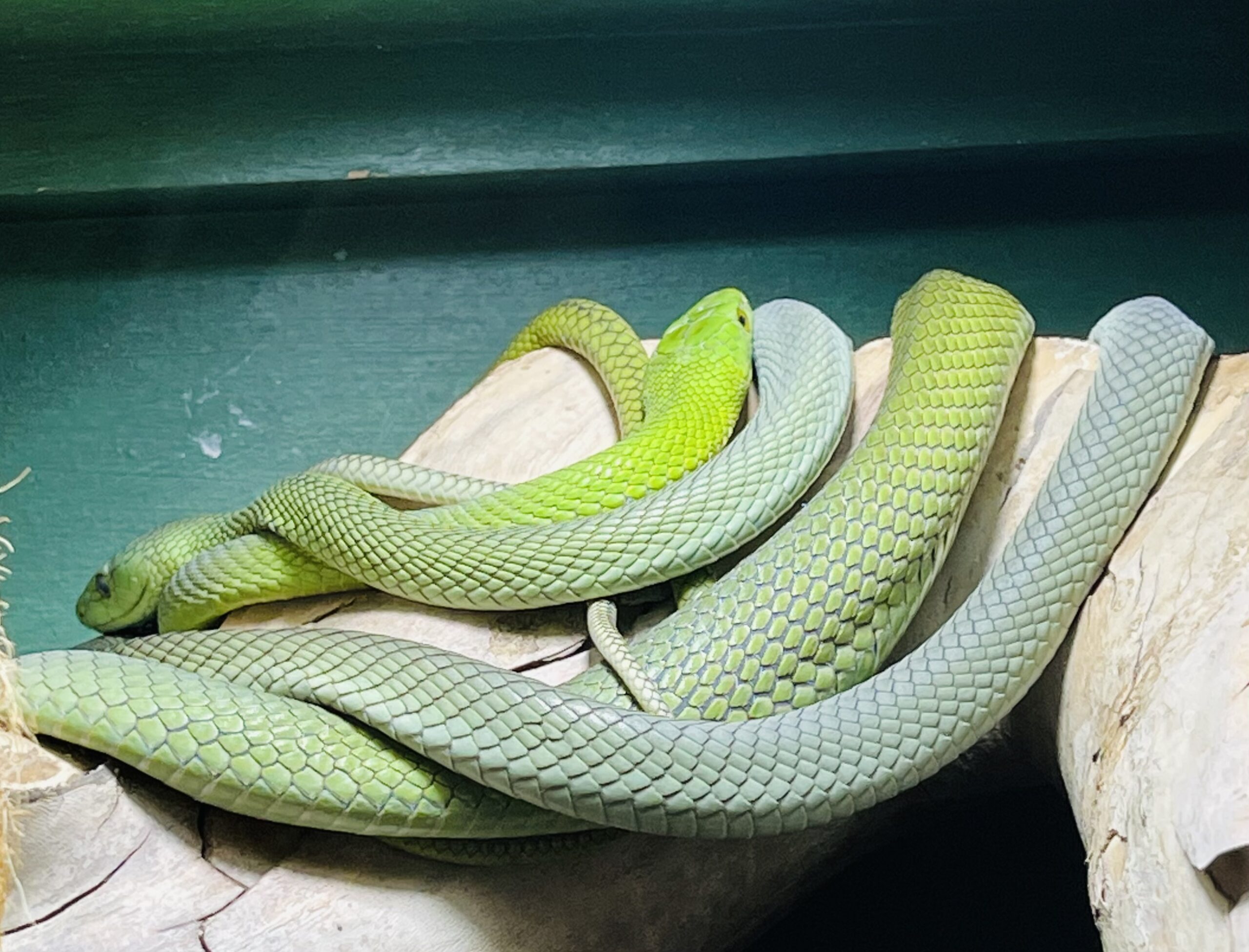
Haemotoxic Venom
The haemotoxic venom is the type of venom that stops the natural blood clotting. A haemotoxic bite provides little to no pain initially. After a few hours symptoms like headache, sweating, confusion, nausea and vomiting may appear. If untreated, internal bleeding and failure of organs may occur.
Most popular snakes in Africa with a haemotoxic venom include the Puff Adder, the Rhombic Night Adder and the Mozambique Spitting Cobra.
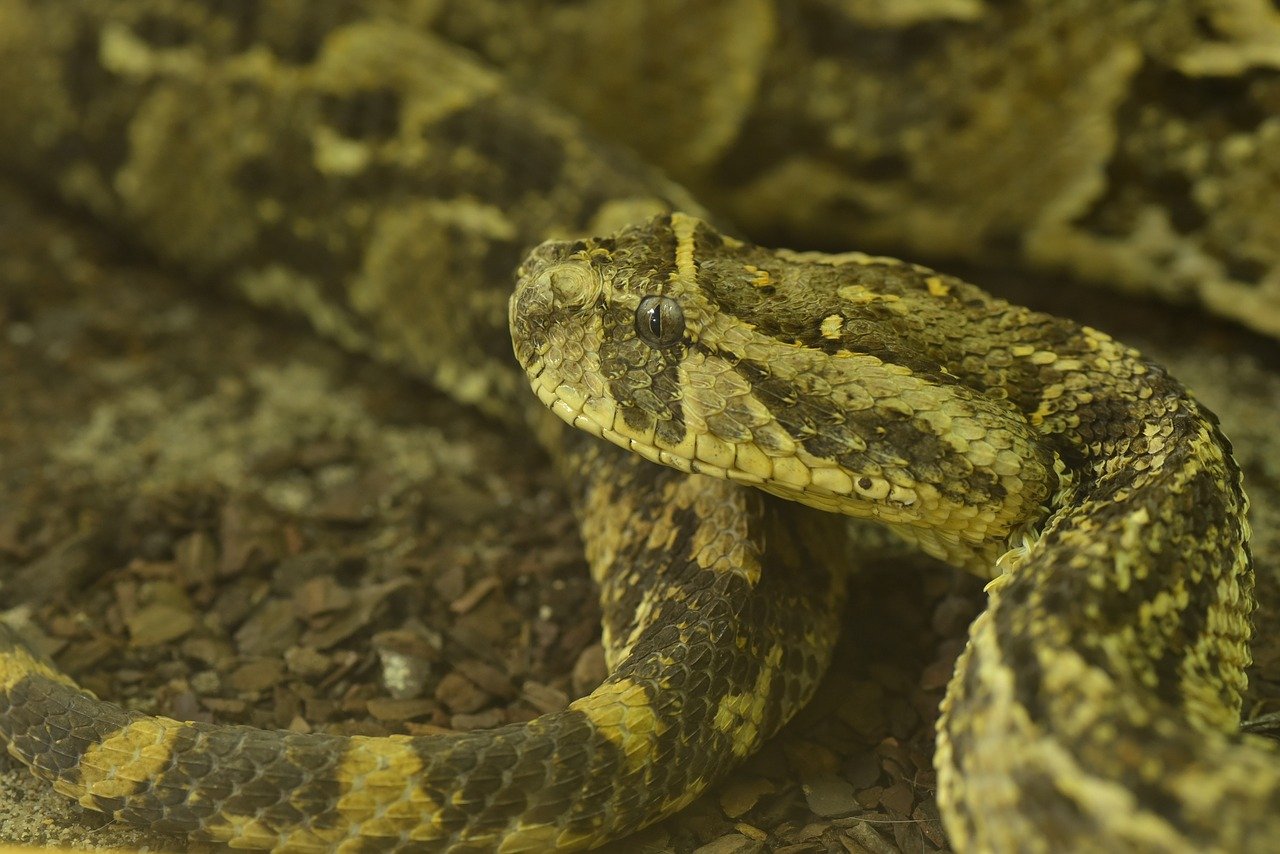
Cytotoxic Venom
Cytotoxic venom is the one that affects the tissue and in some cases cause necrosis. The effects of this type of venom are almost immediate. Symptoms include severe pain and swelling. If left untreated, the venom can spread to the entire body causing permanent damage. In severe cases, the affected body part needs to be amputated in order to stop the spread.
Snakes of Africa that have a cytotoxic venom are Boomslang and Twig Snake.
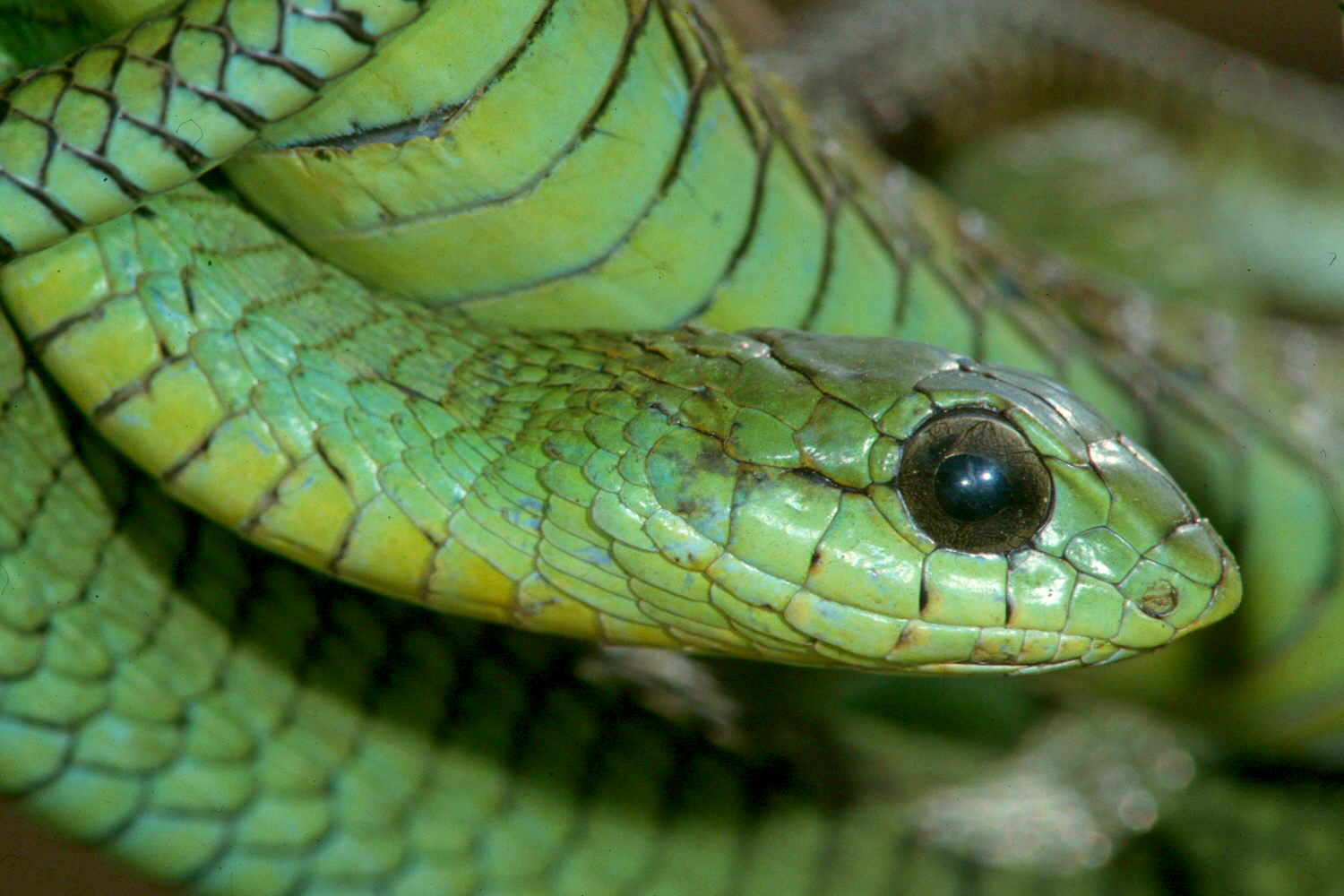
Most Popular Venomous Snakes of Africa
Black Mamba
The Black Mamba is considered to be the most dangerous snake in Africa due to its size and toxicity. The name comes from the inside of the mouth. Their color is gray / olive / brown with a matte finish and a lighter belly color. They can be recognized by the coffin-shaped head and round eyes. They can reach 4.5 meters and are highly feared. However, they are a shy species are encounters are rare. They are extremely fast creatures, and, if annoyed, can inflict consecutive bites in a very short amount of time.
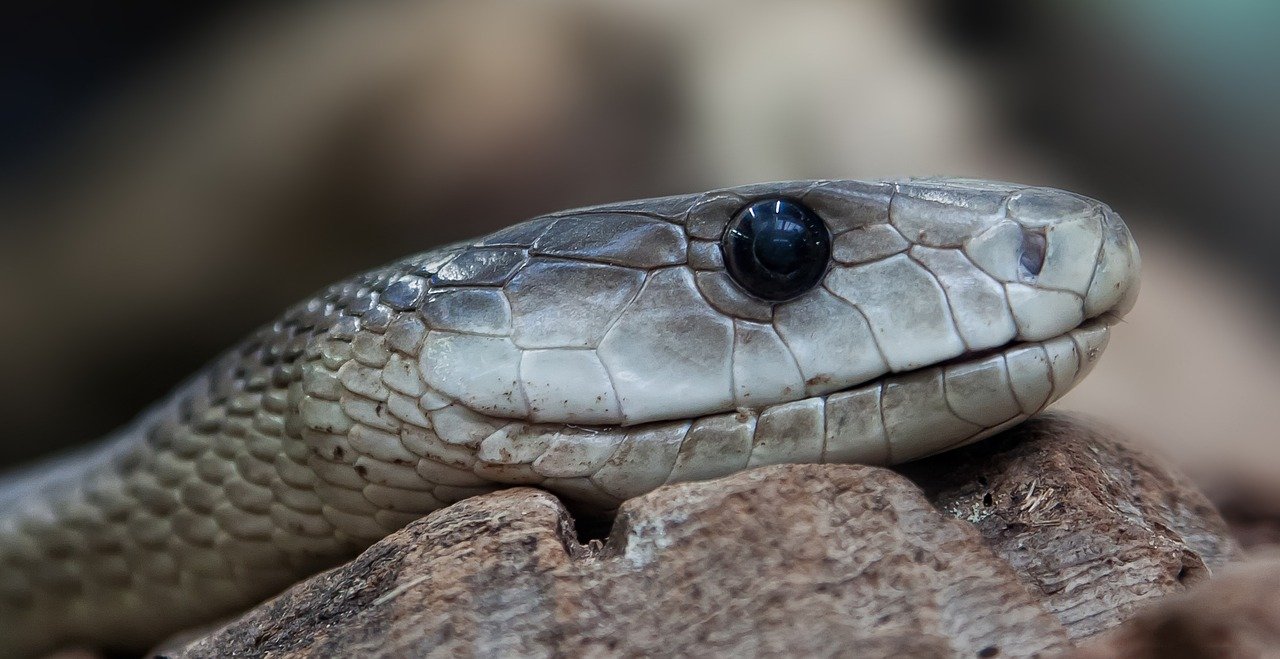
The neurotoxic venom can come into effect in approximately 30 minutes, so transportation to the nearest hospital is strongly recommended. Antivenom for this species is available and usually needed in high quantities. A Black Mamba bite inflicts, on average, around 110 mg of venom (maximum recorded was 400 mg).
Puff Adder
The Puff Adder is one of the most dangerous species due to its highly cytotoxic venom. They are heavy-bodied snakes with an excellent camouflage. They can reach one meter in length and are identified by a series of consecutive Vs (coming from Very, Very, Very Venomous). These Vs start from the head to mid-body, where they become a bit slurred.
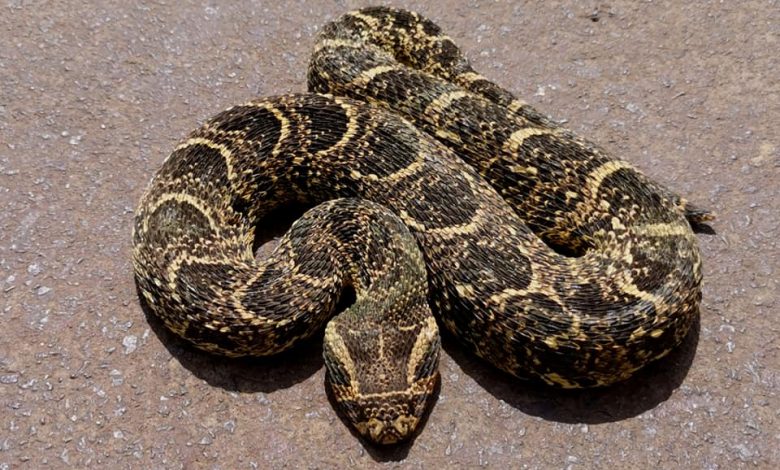
Antivenom for Puff Adder bites is available and should be administered as quickly as possible to prevent tissue damage.
Rhombic Night Adder
The Rhombic Night Adder is another highly venomous species that accounts for a big chunk of bites. Compared to the Puff Adder, this one is smaller and can reach a length of about 80 cm (the average is about 40 cm). These snakes can be easily identified through a single V on top of their heads.
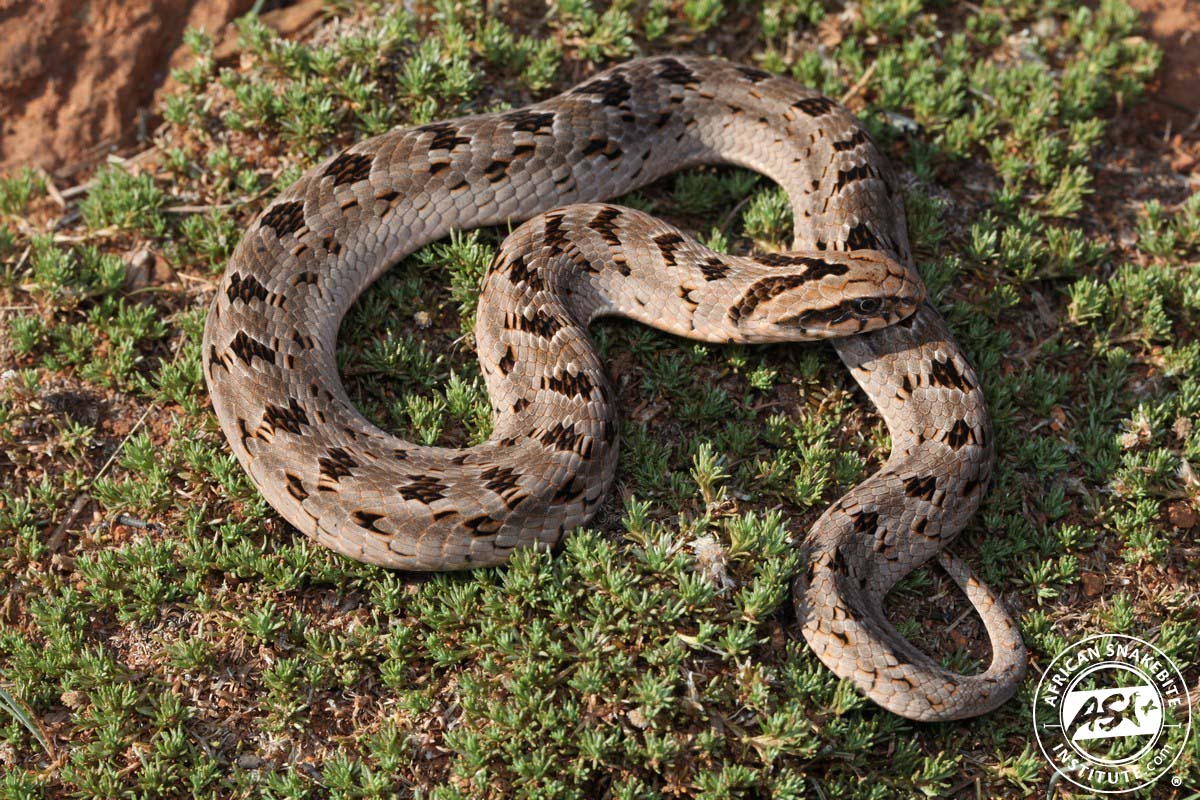
Boomslang
Boomslang in Afrikaans means tree snake. This species is not as easy to identify as they can vary from dark to bright green colors. They can also form a hood like cobras, only their hood is vertical. Their length is one meter on average, and they are characterized by their egg-shaped heads and large round eyes. Boomslangs are also shy snakes, but can inflict extremely serious bites and can open their mouths up to 170 degrees. Even a scratch from this snake’s fangs can be harmful. Antivenom is available and should be used in case of bites.
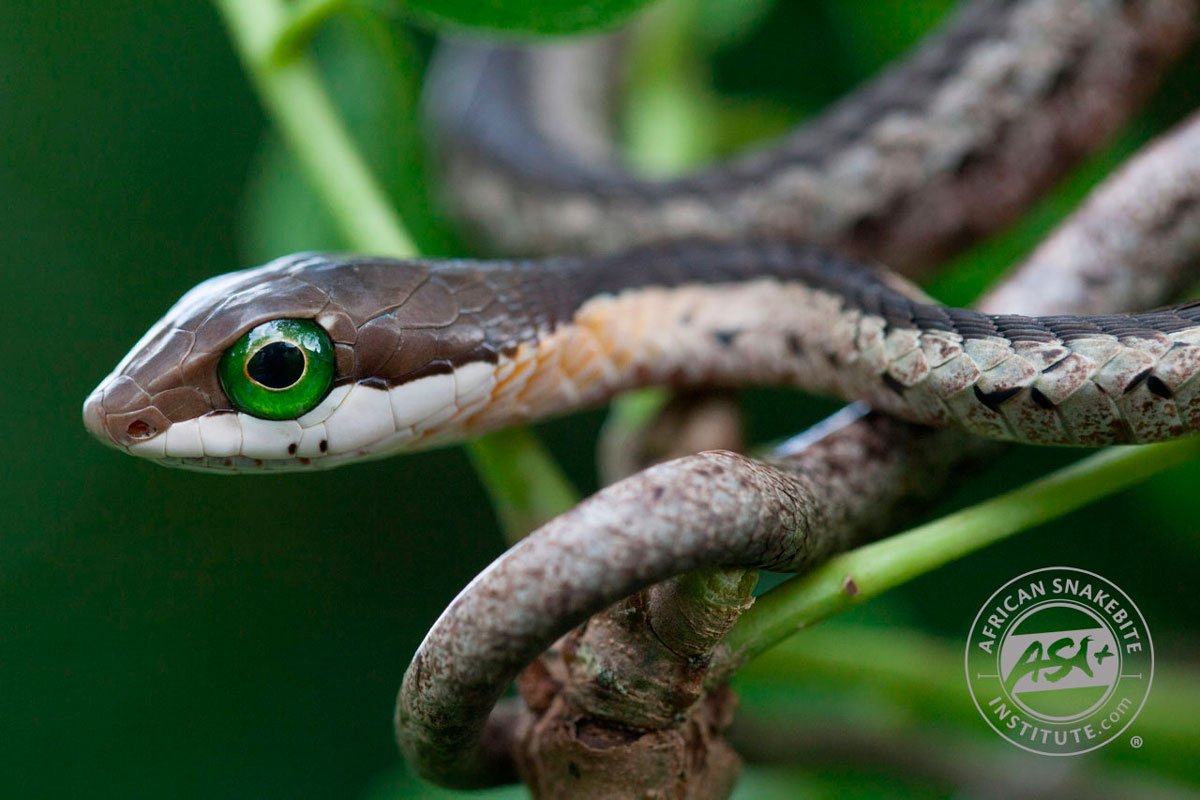
Mozambique Spitting Cobra
The Mozambique Spitting Cobra is the most popular within the cobras of Africa. It is both active during the day and night, and bites occurred also while asleep.
The interesting fact about cobras is that they can eat other snakes, including highly venomous ones. However, other venomous snakes are unable to eat cobras without being affected by their venom.
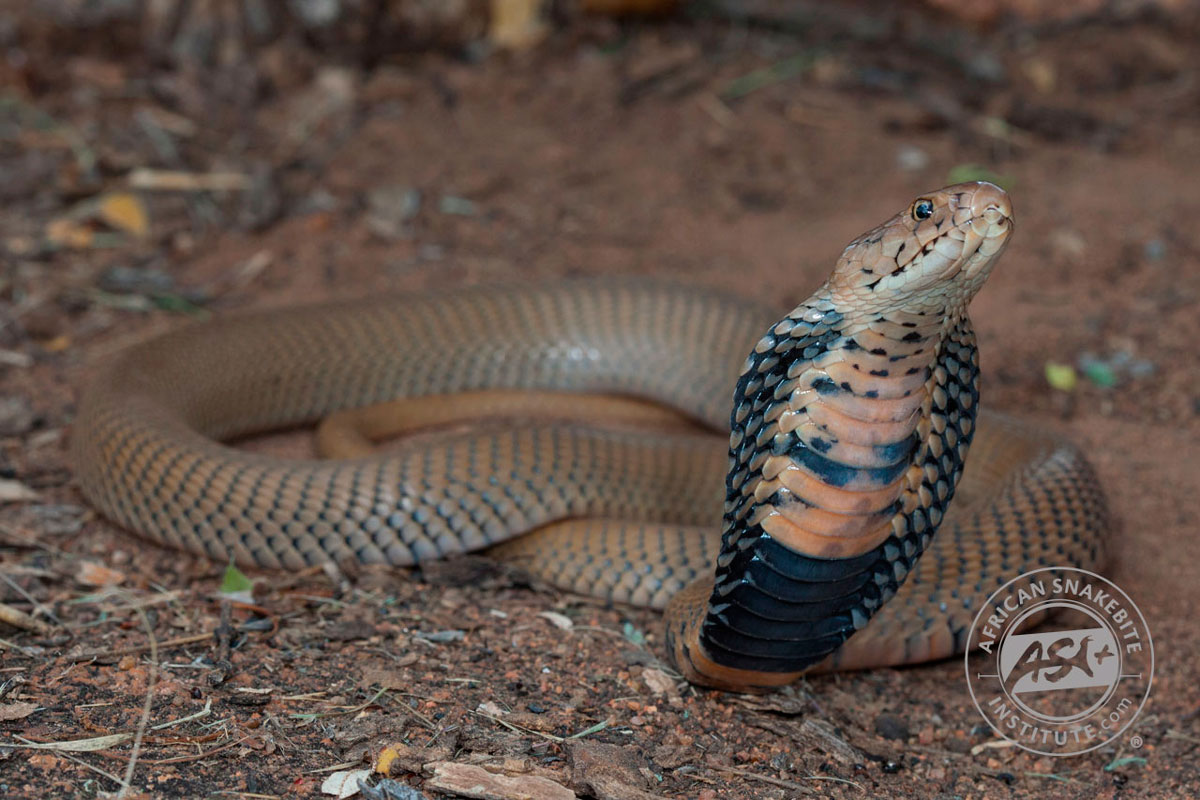
This cobra may spit its venom even without lifting its hood, and it inflicts a serious cytotoxic bite. Antivenom for this species is available.
Stiletto Snake
This is the smallest of the popular dangerous snakes, averaging 30 cm in length. Stiletto Snakes live underground but may go back to the surface on humid days, and that’s when they are stepped on and attack.
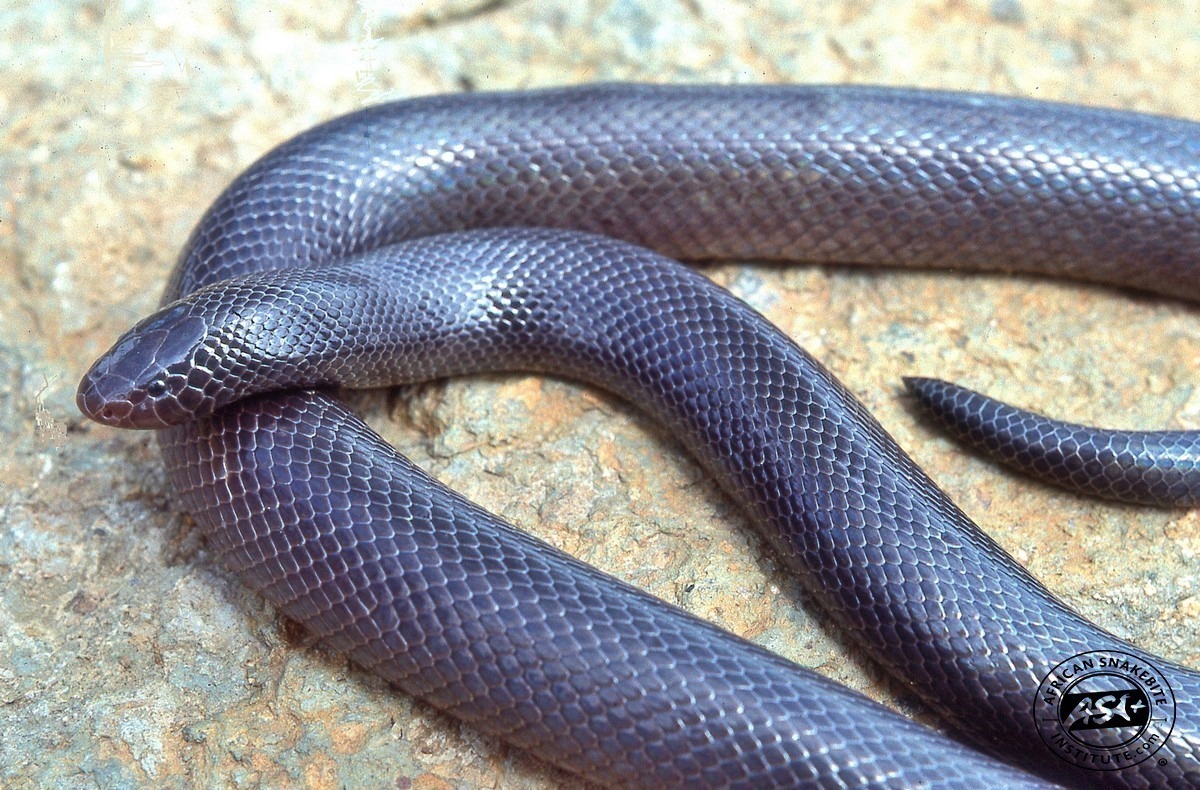
The Stiletto is brown-black in color, thin and has rotating fangs, making it a very difficult snake to handle, even by experts. Antivenom is not available for this snake, but in case of bites it is recommended going to the nearest hospital for symptomatic treatment.
Most Popular Non-Venomous Snakes of Africa
We figured we should mention some of the most common non-venomous snakes of Africa and how to distinguish them from the venomous ones.
Brown House Snake
This harmless snake can be found anywhere in Africa. It is brown as the name suggests, and has two light, thin parallel lines on top and bottom of its eyes. Its length varies between 55 cm and 1.5 m.
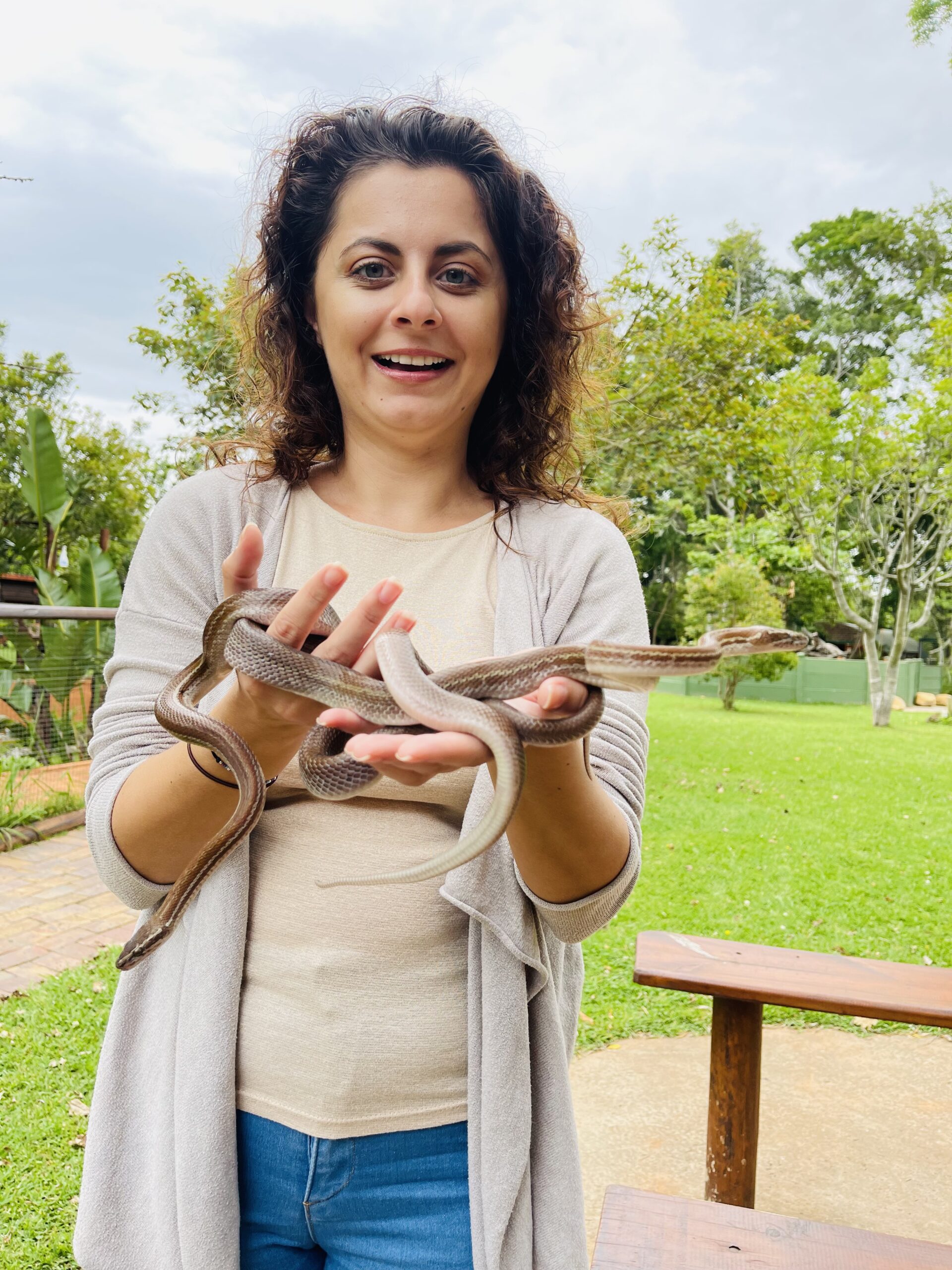
Green Water Snake
It is worth mentioning this little snake, as it can be confused with Green Mambas and Boomslangs. Compared to them, the Green Water Snake has a rounded head and a light yellow snout. This bright green snake is harmless and can reach a length of one meter.
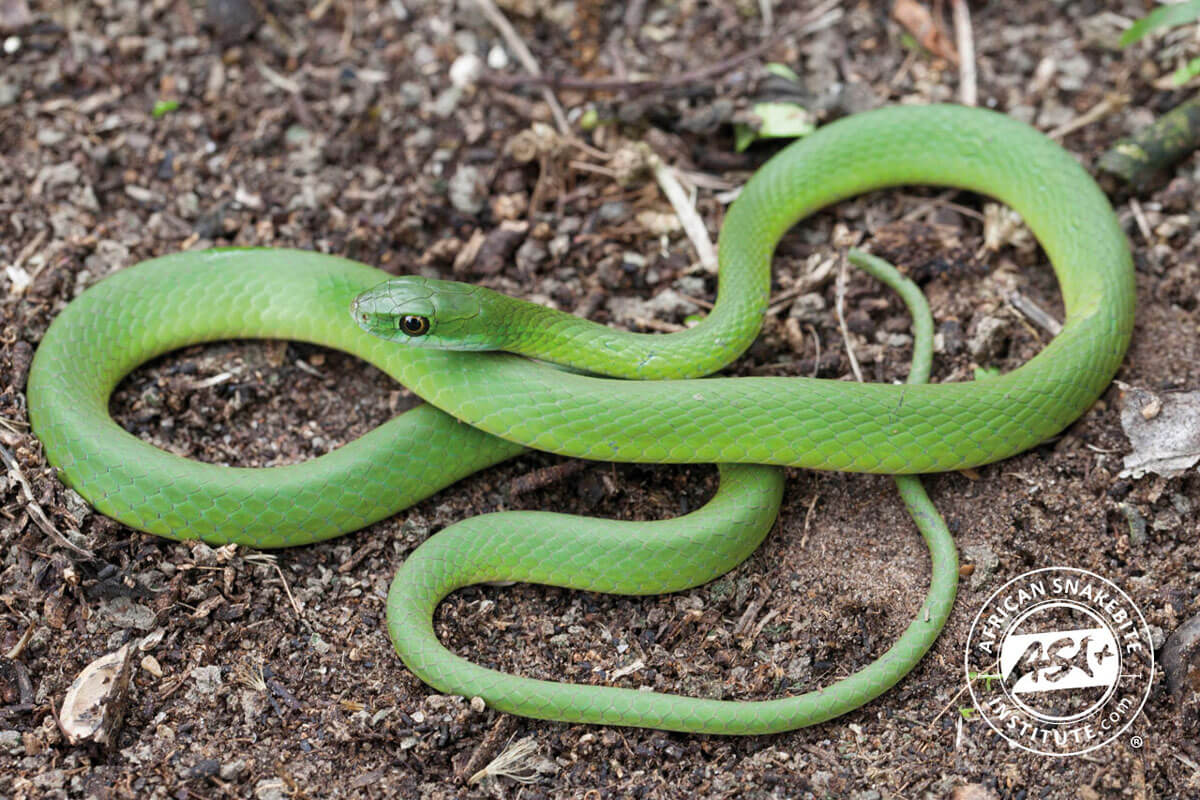
Herald / Red-Lipped Snake
Another tiny fellow that can reach a length of 82 cm, the Red-Lipped Snake can be identified by the orange-red upper lips. People may mistake it with Black Mambas and Cobras. Their distinguishing feature is that their head is darker than the rest of the body.
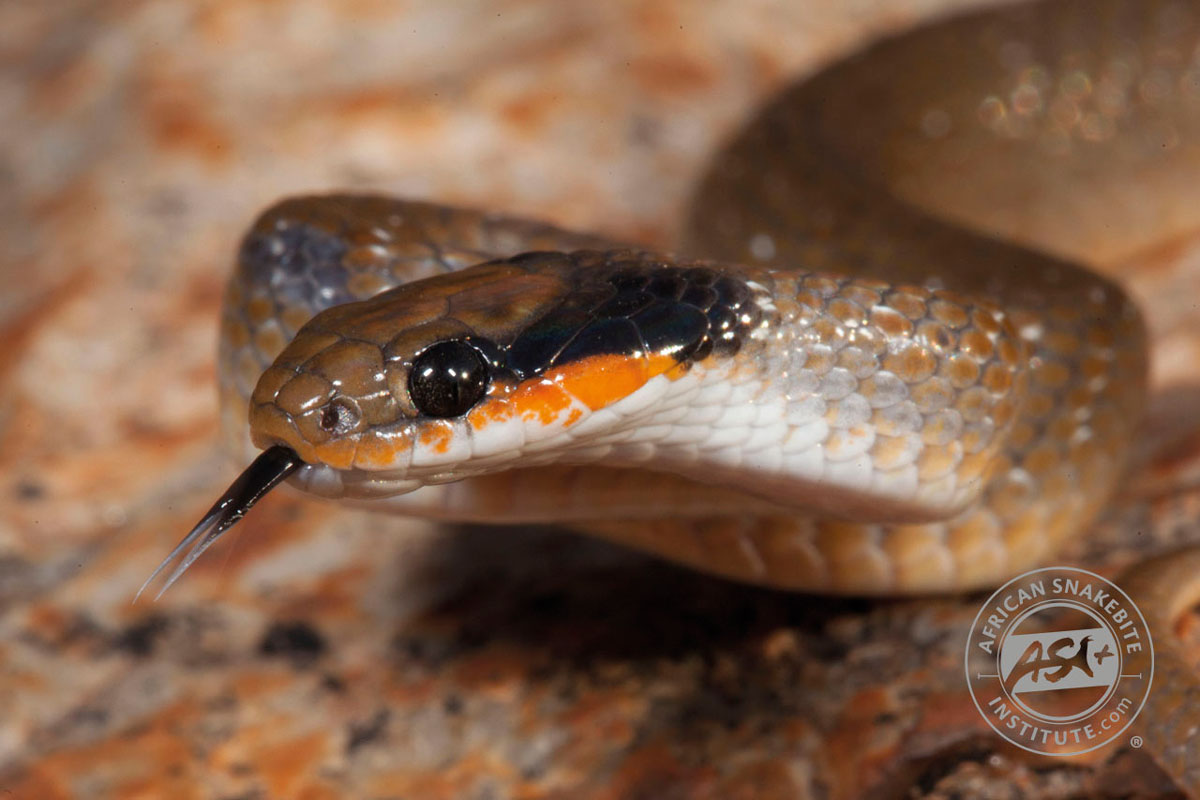
How to Treat Snake Bites
The first thing you should do in case of a snake bite is to reach the nearest hospital. This is especially if you have identified the snake as dangerous. If you’re on a huge road trip like us, make sure you have a list of all hospitals on your route.
Other things that are advised in case of a snake bite:
Note: this list is not exhaustive and does not replace proper medical attention.
- Stay calm – movement and panic facilitate the venom entering your body faster.
- Lay down and keep the affected area below the heart level.
- Take off any jewelry and tight clothes.
- Use a smart bandage (if you know how to), but don’t waste time, it is much better to rush to a hospital. Smart bandages are advised in case of Mambas or Cape Cobra bites.
What NOT to Do in Case of a Snake Bite:
- Do not apply a tourniquet (because in most cases, after releasing the tourniquet, the venom rushes throughout the body and can cause more complications).
- Do not try to suck out the venom.
- You should not pick up the snake or kill it – it may strike again.
- Don’t apply ice, warm water, or any other magic potions.
- You shouldn’t drink alcohol or take medication before reaching the hospital.
- Don’t inject antivenom – this can only be done in a hospital, as you may be allergic to the antivenom and have an anaphylactic shock.
What to Do if a Snake Spits You:
If you have been spit in the eyes, make sure you wash for 15-20 mins with clean water with your eyes open. Then, go to a hospital to receive proper medication.
As we could understand, venom spat by cobras is dangerous if it’s in the eyes. Otherwise, it doesn’t harm. But hey, we’re no experts so don’t take this one for granted!
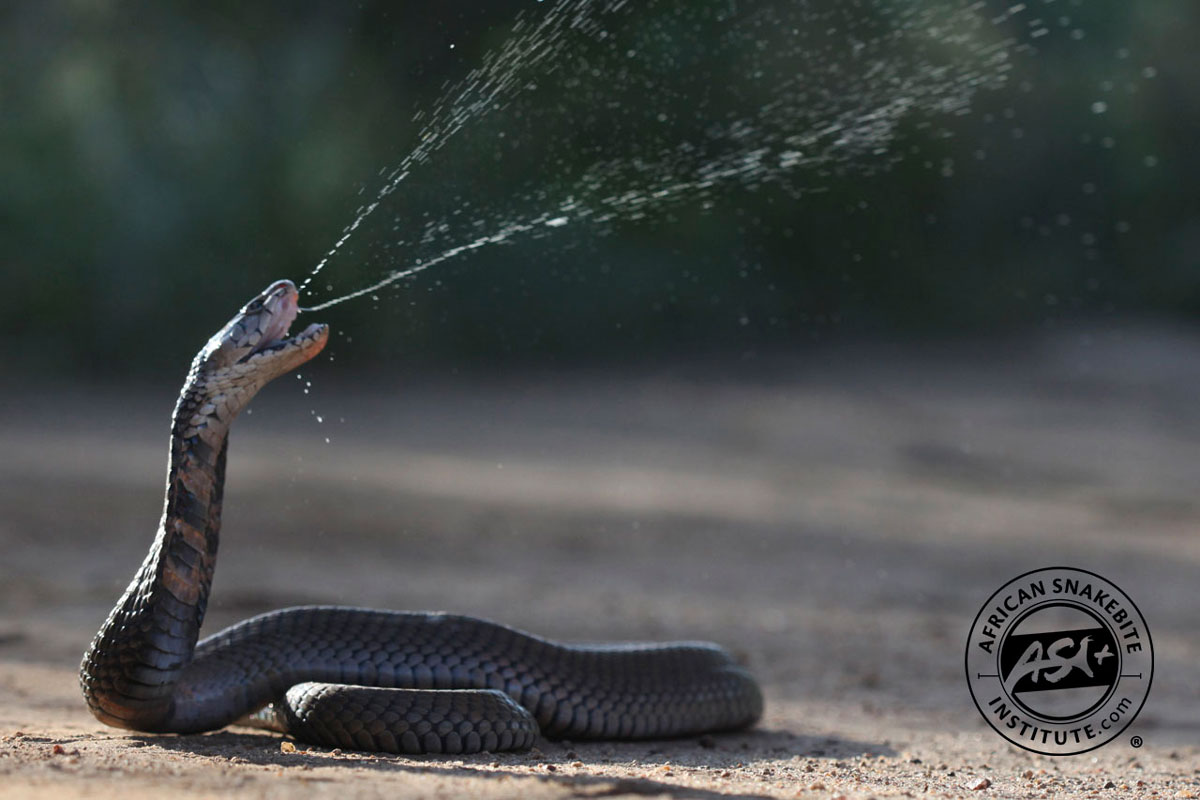
Resources
We found a couple of resources helpful in learning more about snakes and snake bites, that we’d like to share with you.
First, Michael’s guidance at Lanwood Snake Sanctuary was so helpful!
Another useful community and website that I found useful is the African Snakebite Institute. There are several resources to help you, such as:
- Mobile App for identification and snake removal
- The website, where you can find a number of free helpful resources on first-aid, identification, bites, comparisons, courses and many more!
- Free Facebook group where you can learn more and ask your questions.
Conclusion
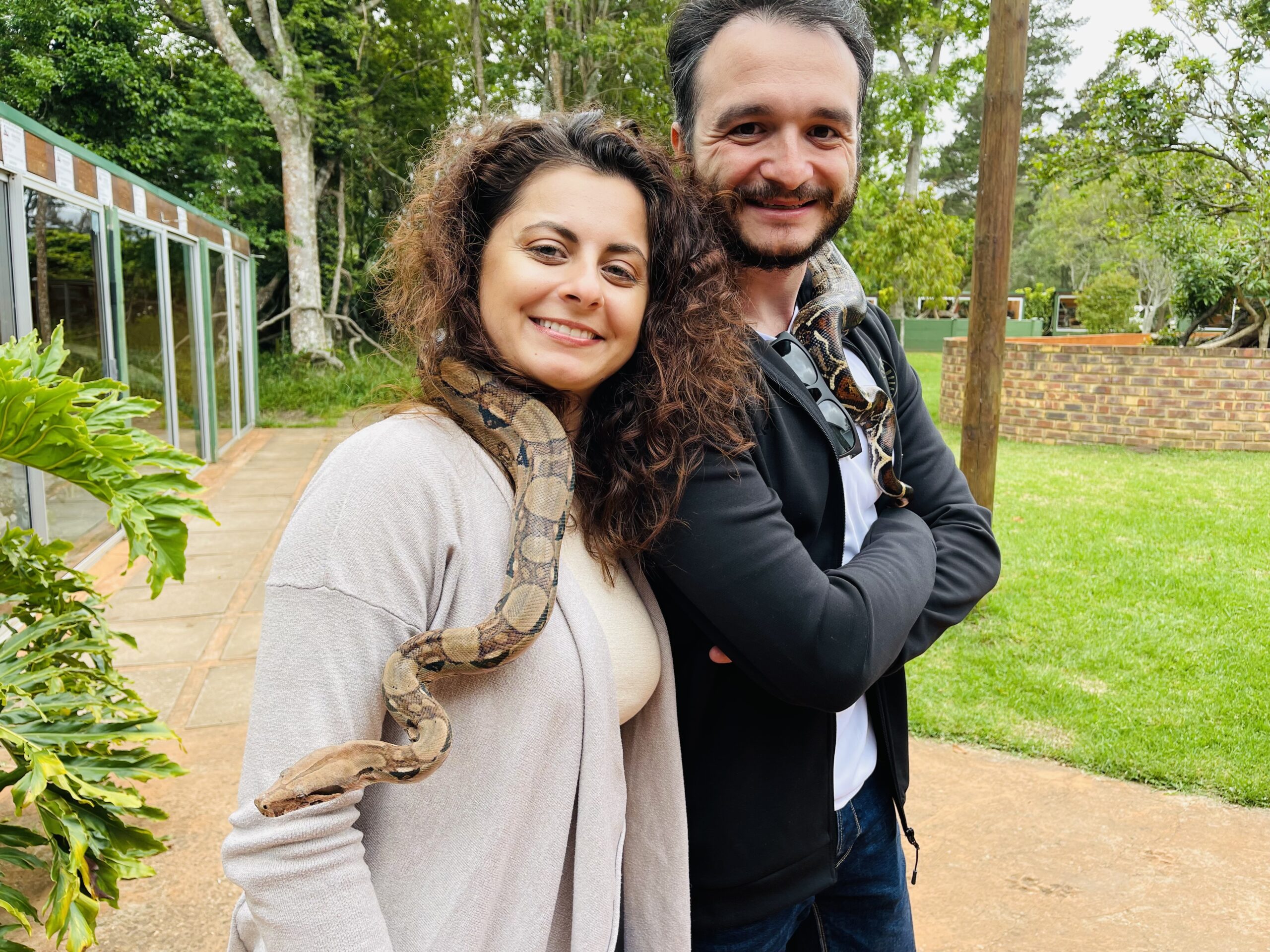
We hope this article has been helpful in offering you some basic information we learned about snakes of Africa. Hopefully it helps you learn more about these beautiful creatures and achieve some peace of mind in case you’re scared of them. Let us know in the comments if you have any questions, or you would like to get more information.
* Affiliate Disclaimer: Some of the links in our articles are affiliate links. This means that if you click on the link and make a purchase, we may earn a commission at no additional cost to you. We only recommend products and services that we believe in and that we think will be useful for our readers.

